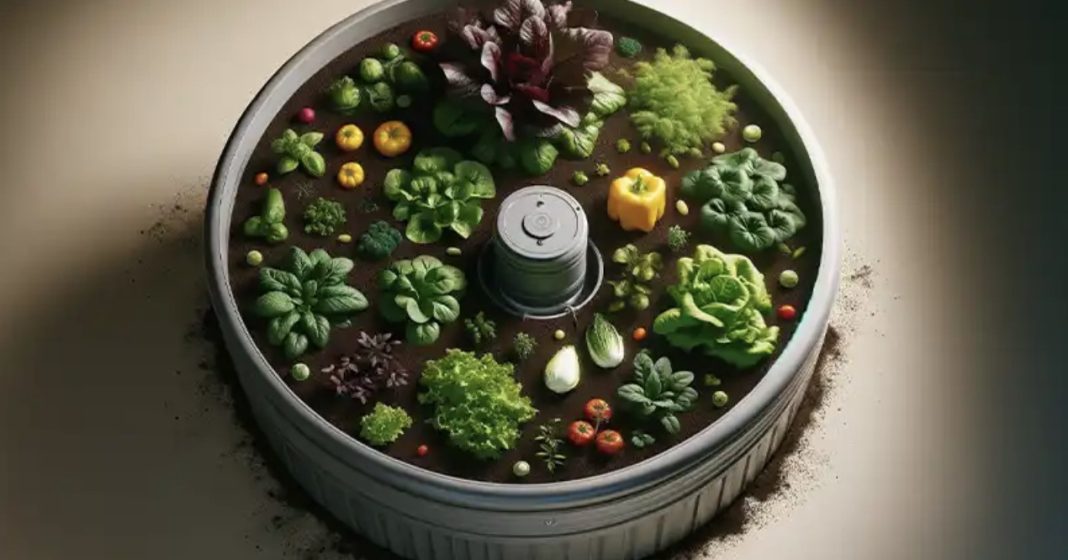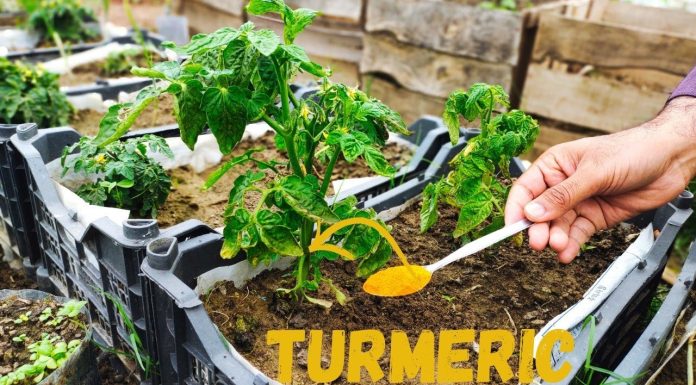In the heart of the urban jungle, where concrete dominates and the bustle drowns out nature’s whispers, the container wicking system emerges as a revolutionary green solution. This method transforms even the smallest balcony, patio, or window ledge into a verdant oasis, championing water conservation and urban gardening. The container wicking system is a testament to ingenuity, offering a self-sustaining lifeline to plants amidst the asphalt expanse.

The Ingenious Container Wicking System
At its core, the container wicking system is a self-watering mechanism designed for potted plants, making it an ideal solution for space-constrained urban dwellers. It utilizes the principle of capillary action, where plants draw moisture upwards from a reservoir at the container’s base, mimicking the natural groundwater uptake. This system ensures that plants receive a steady, efficient supply of water directly to their roots, minimizing evaporation and the need for frequent watering.
Constructing Your Urban Oasis
To create your container wicking system and bring a slice of verdure to your urban space, follow these steps to ensure a flourishing garden:
- Choose the Right Container: Start with a container that suits your space and aesthetic preferences. Whether it’s a ceramic pot, a repurposed bucket, or a wooden box, ensure it’s deep enough to host a water reservoir at the bottom and soil above it. Drill a hole several inches above the base for overflow.
- Waterproof with Care: If your container isn’t already waterproof, line the bottom with a sturdy plastic liner, ensuring the sides are covered to create a leak-proof reservoir. Cut a small hole in the liner aligned with the container’s overflow hole.
- Layer with Ingenuity: Add a layer of lightweight, porous material like perlite or gravel above the liner to act as the reservoir. Then, cover this with a piece of geotextile fabric to separate the water reservoir from the soil, preventing soil from entering the water while allowing moisture to wick upwards.
- Set Up the Wicking Mechanism: Place a wicking medium, such as a cotton rope or felt strips, in the reservoir, ensuring it extends upwards into the soil layer. This medium will transport water from the reservoir to the soil.
- Soil and Plant: Fill the container with a high-quality potting mix, rich in organic matter. Choose plants suited for your climate and container size, from herbs and leafy greens to colorful annuals.
- Install an Overflow Outlet: Through the pre-drilled hole, insert a short piece of tubing or a small pipe to serve as an overflow outlet. This will ensure excess water can escape, preventing root rot.
- Mulch and Maintain: After planting, cover the soil surface with organic mulch to conserve moisture. Water the plant from the top for the first few weeks until the roots grow deep enough to reach the moisture from the wicking system.
- Water Wisely: Fill the reservoir through the top until water exits the overflow outlet. Your plants will now self-water, drawing moisture from below as needed.
Embracing Urban Green Living
Adopting a container wicking system is more than a gardening choice; it’s a step towards environmental stewardship and sustainable urban living. By maximizing water efficiency and greening our personal spaces, we contribute to a cooler, more pleasant urban environment. This approach not only conserves precious resources but also brings us closer to nature, offering a serene retreat from the urban hustle.










